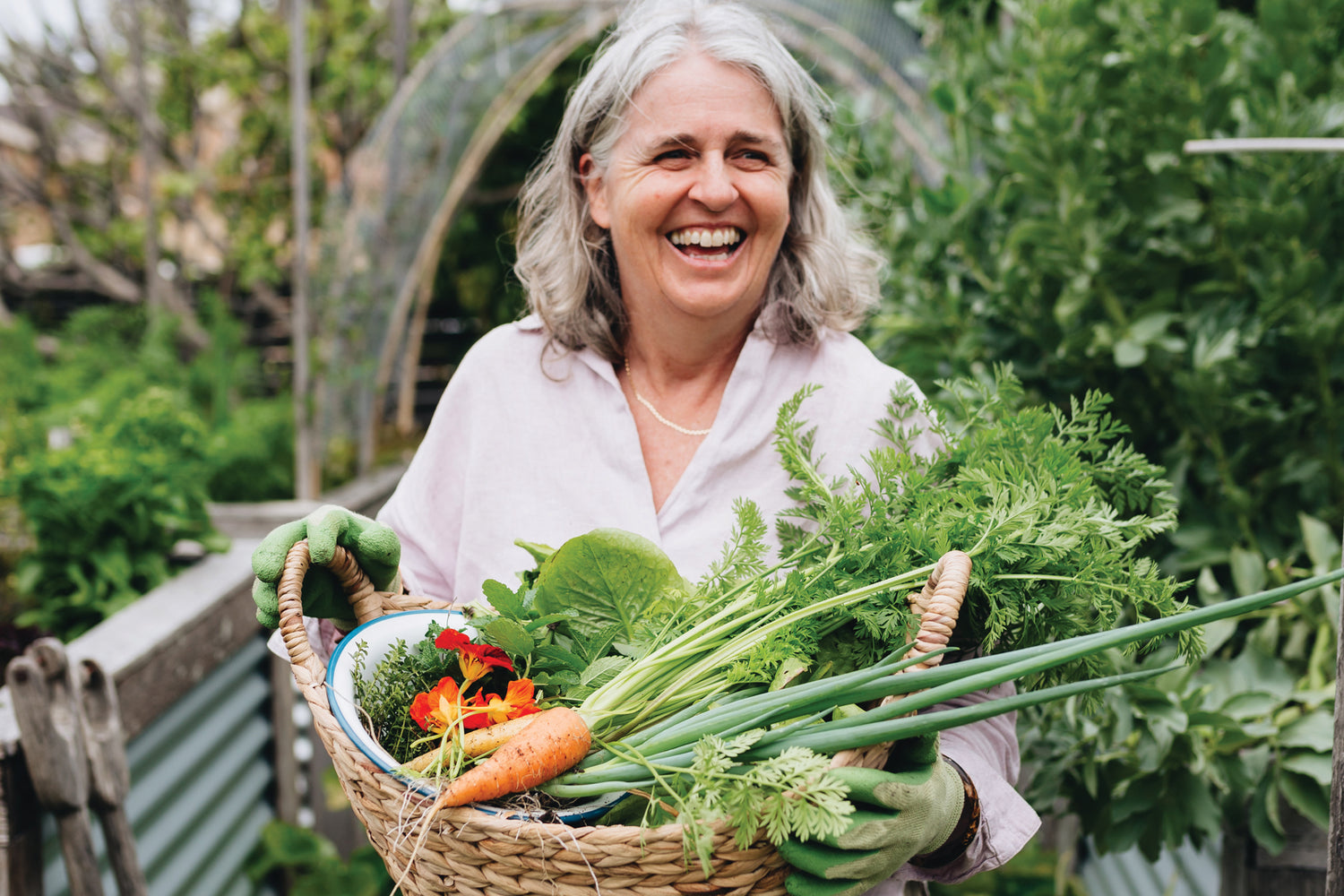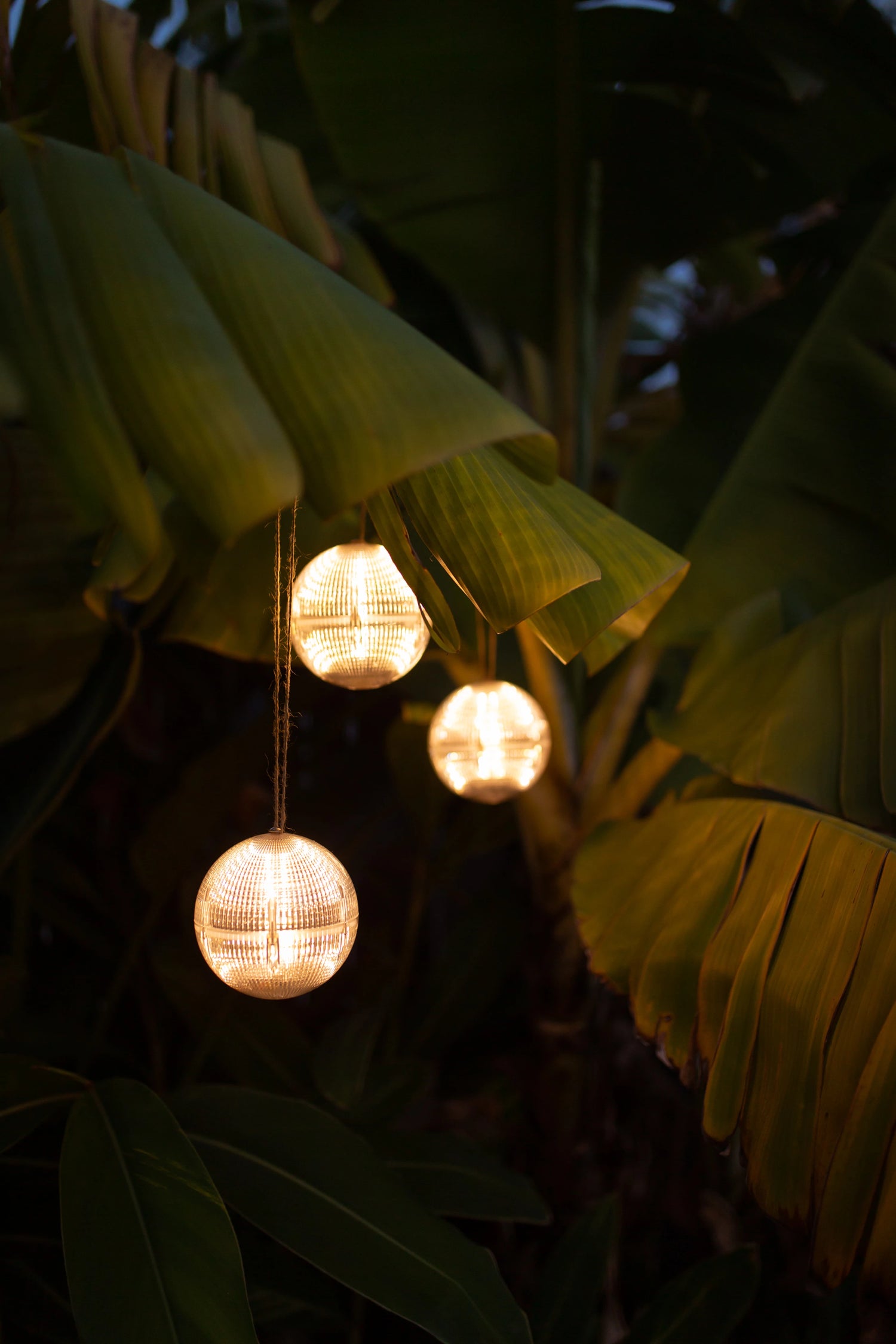November marks the beginning of the holiday season, a time to enjoy cooler temperatures and the fruits of your fall garden. Here in Zone 9, we're experiencing highs around 72°F and lows around 50°F, ideal for various cool-season crops. This month, my focus has shifted from adding perennials to filling the garden with annual edibles that will thrive through fall and winter. Here's what I'm planting, harvesting, and preparing for this November.

What I'm Planting in November
Arugula
Arugula is a perfect "set-it-and-forget-it" leafy green. It grows quickly and is packed with nutrients like calcium and potassium. You can start harvesting baby arugula in as little as 20 days or let it mature in about 45 days. Some varieties of arugula have a peppery flavor, which I prefer, so this season, I'm planting the Rocket variety for its spicy leaves. This versatile green is perfect in salads, sandwiches, and as a garnish.
Lettuce
Lettuce is a cool-weather crop that thrives in fall and early winter but is sensitive to heat. Here in Houston, the lettuce season is between November and March. To ensure a steady supply of fresh greens, I plant lettuce every 2-3 weeks, using succession planting. This way, I can enjoy fresh salads all season long. Instead of sticking to a specific variety, I go to my local feed store, buy seeds in bulk, and create a custom lettuce mix with all their varieties. It adds diversity to my salads and keeps things interesting.
Peas
Typically, I wait until December to plant peas, but I'm starting earlier this year. I'm focusing on English peas and sugar snap peas, which grow best when temperatures stay below 70°F. Peas are climbing plants, so be sure to have a trellis ready if you're planting vining varieties, which can reach up to six feet. If space is limited, try a bush variety, like the Green Arrow pea. For vining peas, I'm planting the Oregon Sugar Pod variety. Both types are ready to harvest in about 60 days, giving me a tasty harvest just after the holidays.
Strawberries
In Zone 9, many gardeners plant strawberries in spring, but if you want a faster harvest, plant strawberry crowns in October or early November. Although I missed the October window, I'm planting now to ensure a spring crop. There are three main types of strawberries: June-bearing, everbearing, and day-neutral. Here, June-bearing varieties work best, as our hot summers can be too intense for everbearing types, and day-neutral varieties may not produce well. I'm trying the All-Star variety this season, known for its sweet, juicy berries that should be ready between February and May.
What Didn't Work Well
Last month, I noticed none of my beet seeds germinated, and I discovered the culprit: caterpillars! They devoured the seedlings as soon as they sprouted. To tackle this, I applied BT (Bacillus thuringiensis) every week for three weeks, and it worked like a charm. Now, my beets are finally sprouting and thriving. Sometimes, troubleshooting and patience are all it takes to keep your garden healthy. Walking around at night with a headlamp and looking for garden pests also help.
What I'm Harvesting This Month
Figs
Figs are one of my favorite fruits to grow, especially since they produce two yearly crops. The first, known as the Breba crop, grows on branches from the previous season, while the main crop grows on new growth and is typically larger and sweeter. This month, I'm harvesting the main crop from my Peters Honey Fig tree in the front yard, a variety that sparked my love for figs. Figs are relatively easy to grow and have minimal pest problems, making them a great addition to any garden. Plus, they're adaptable to containers if you're short on space.

Peppers
Despite the cooler temperatures, I'm still harvesting habanero, Scotch bonnet, and serrano peppers. One of the benefits of gardening in Zone 9 is the extended growing season, which allows perennials like peppers to produce multiple harvests. These plants will continue yielding until the first frost, which usually doesn't hit until January. If you want to keep your pepper plants going year after year, try digging them up to overwinter indoors. Come spring, you can replant them outside and jump-start the pepper season.

Final Thoughts
November is a peaceful month in the garden—a time to enjoy the last bit of calm before the excitement of spring preparation begins. As cooler temperatures settle in, fall gardening is just kicking off, but soon, it'll be time to start planning for next year. Next month, I'll begin planting pepper and tomato seeds indoors to get an early start on the spring season.
Gardening in Zone 9 offers unique opportunities, from growing fresh greens throughout winter to enjoying multiple pepper harvests. With some planning and experimentation, you can create a garden that produces year-round, bringing fresh flavors to your kitchen even during the cooler months. Whether you're growing greens, strawberries, or figs, November is a rewarding time to be in the garden. Just Grow It!











